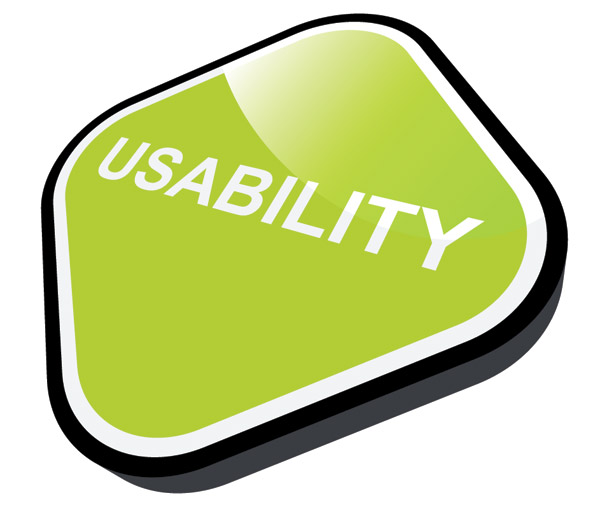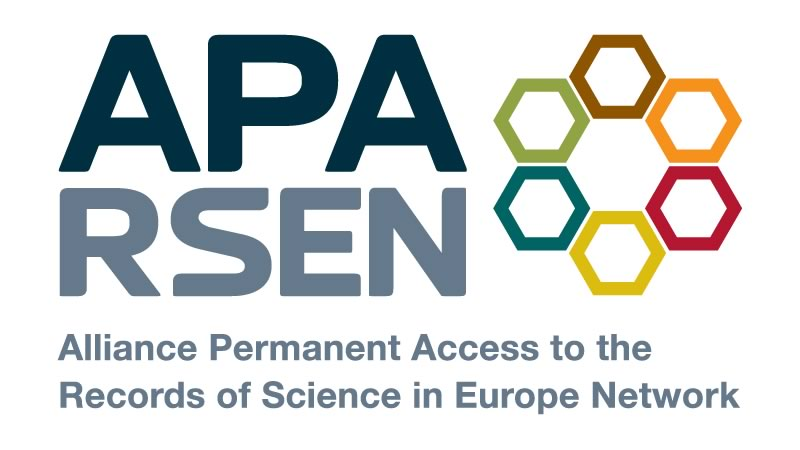All you need to know about Digital Preservation

D14.1 Report on testing environments
We have reviewed the test environment methodologies that have been used to date to demonstrate the effectiveness of tools and techniques to preserve digital information objects, and used this knowledge to generate a consensus view as to what a test environment must be amongst the consortium partners.
Results:
- [intlink id=”3380″ type=”page”]A Project glossary[/intlink].
- The concept of preservation scenarios has been developed and used.
- Periodically snapshot of the capabilities of one or more test environments has been demonstrated.
- A version of the matrix assessment approach has been prototyped.

D21.1 Preservation services
The conclusions about the preservation services landscape fall into three classes:
- Coverage: looking at the mapping to the metrics for audit and certification of repositories, it is very evident that digital object management is well covered, while organisational infrastructure and infrastructure and security risk management are not.
- Limitations; areas that have not been deeply explored.
- Deeper description of services: a two-dimensional map of services by function and by domain or type of data.
D23.2 Storage solutions
Despite of a general recognition, by all interviewees, during the research, of the relevance of the digital preservation activity and independently of their mission and/or domain -Earth Observation, e-Government and Cultural Heritage, and Dutch Government, Research and Culture domains- they must undertake digital preservation activities for ensuring continued access to their digital content. Nevertheless, the survey points out some common gaps, like storage cost and only a few of them have been able to quantify the reliability and/or availability of their own repositories.
There is undoubtedly a demand for full business models for data preservation that incorporate cost models, whether those considered in this report or others. The Espida project affords a useful example of a business case framework and there are well-established examples of business case best practice for public sector institutions.
D36.2 Exemplar business cases
The objective was to devise a methodology for implementing the recommendations of the Blue Ribbon Task Force (BRTF) on economically-sustainable DP. In this final chapter, we present a set of guidelines for managing research data in the long run, under economically sustainable conditions.

D27.1 Recommendations about scalability
Based on the analysis of scalability requirements and the gaps identified, the following recommendations are suggested:
- Scalability should be planned as an integral part of the tools and services development.
- Whenever possible, the use of commercially available systems, tools, and services, instead of in house developed solutions should be considered.
- In order to benefit from economies of scale in storage, the use of cloud storage should be considered.
- Consider preservation as part of the overall organization’s activity.
The combined results, with other APARSEN results, can help in addressing the scalability gap we are facing and better direct the emergence of preservation systems of the future.
[intlink id=”37484″ type=”page”]D44.3 Interactive map of stakeholders[/intlink]
The interactive map is intended to be a useful resource for identifying stakeholders in the field of digital preservation across Europe and world-wide.
MARK IN YOUR CALENDAR
03.12.13 – 05.12.13
LOTAR WORKSHOP #4
Darmstadt, Germany
ProSTEP iViP
10.12.13 -11.12.13
SUSTAINABILITY: SECURING THE VALUE OF DIGITAL DATA ASSETS
The Hague, The Netherlands
Netherlands Organisation for Scientific Research (NWO) JAVA Building. click here
05-06.02.2014
APA INTERNATIONAL CONFERENCE ON DIGITAL PRESERVATION AND DEVELOPMENT OF TRUSTED DIGITAL REPOSITORIES
New Delhi, India
The Centre of Excellence for Digital Preservation, C-DAC, India and Alliance for Permanent Access (APA)
http://www.ndpp.in/APA-DPDTR-2014/
D42.1 Report on existing initiatives and curricula
The following recommendations regarding formal qualifications in Digital Preservation were derived from the insights above and in previous Sections. Their purpose is to stimulate discussions within and beyond the APARSEN project and to help pave the way for future activities which are coordinated through the APARSEN VCoE.
- Harmonization of terminology : there should be a shared, standardized vocabulary for the description of curricula and courses.
- Structured descriptions of opportunities : the joint WP42/43 reporting form could be used as baseline template for structured capture of information.
- Specification of competence profiles: Digital Preservation as a discipline is lacking and generally accepted competence/job profiles for formal qualifications.
